Home>Garden Essentials>What Is Seed Bread
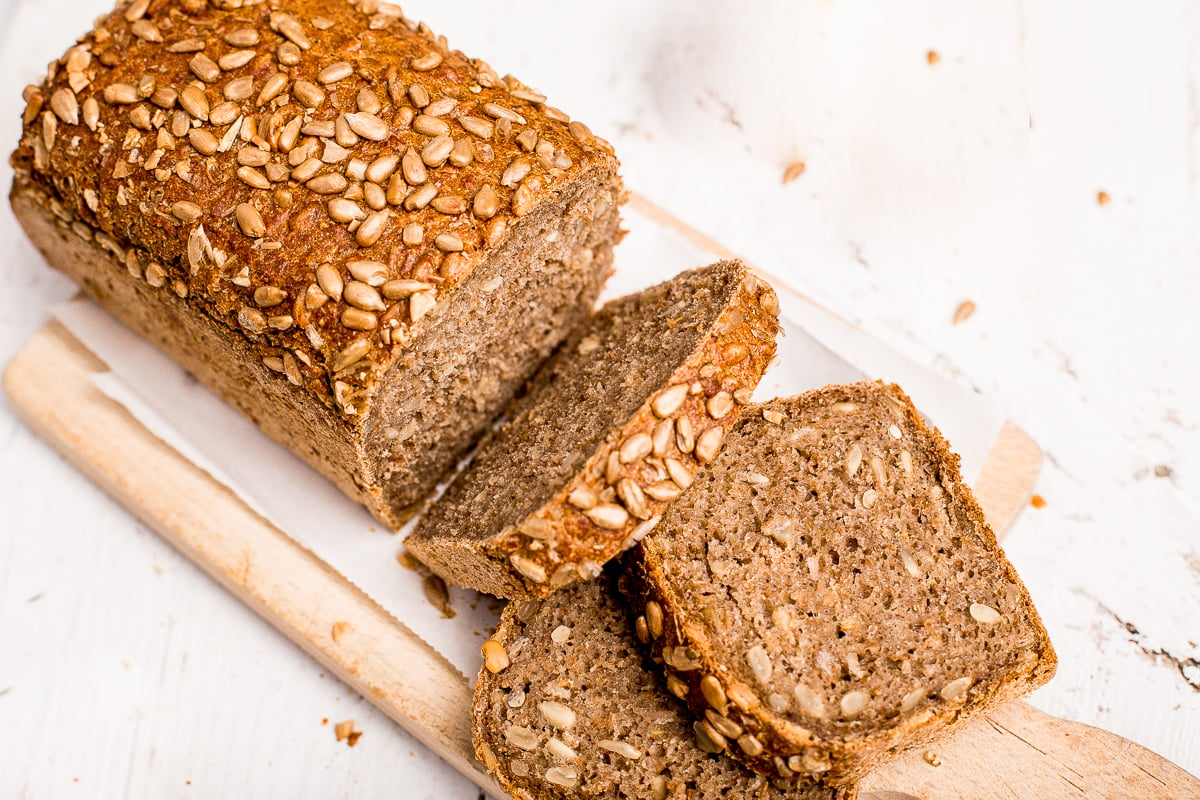

Garden Essentials
What Is Seed Bread
Modified: March 15, 2024
Discover the benefits of seed bread and how to make it at home in your own garden. Enjoy a wholesome and nutritious bread packed with healthy seeds for a delightful and hearty meal
(Many of the links in this article redirect to a specific reviewed product. Your purchase of these products through affiliate links helps to generate commission for Storables.com, at no extra cost. Learn more)
Introduction:
Welcome to the wonderful world of seed bread! In recent years, this wholesome and nutritious bread has gained popularity among health-conscious individuals and avid bakers alike. With its rich nutty flavor, hearty texture, and various health benefits, seed bread has become a staple in many kitchens.
But what exactly is seed bread? Simply put, it is a type of bread that is made with a combination of seeds, grains, and other wholesome ingredients. Seed bread is known for its dense and hearty structure, making it a filling option for breakfast, lunch, or snack time.
Not only does seed bread offer a unique and satisfying taste experience, but it also packs a nutritional punch. The inclusion of seeds in the bread adds a plethora of vitamins, minerals, healthy fats, and fiber. With its high nutritional value, seed bread provides a nourishing and satiating option for those looking to enhance their daily diet.
So, let’s dive deeper into the world of seed bread, exploring its various types, nutritional benefits, and even learn how to make it from scratch!
Key Takeaways:
- Seed bread is a nutritious and delicious option made with a variety of seeds, offering fiber, protein, healthy fats, vitamins, and minerals for overall well-being.
- Making seed bread at home is a fun and rewarding process, allowing for endless variations and flavor combinations to suit your taste preferences and dietary needs.
Read more: What Can You Make In A Bread Machine
Definition of Seed Bread:
Seed bread, as the name suggests, is a type of bread that prominently features seeds as a main ingredient. It is a popular choice for those seeking a healthier alternative to traditional bread options. Seed bread can be made using a variety of seeds, such as flaxseeds, chia seeds, sunflower seeds, pumpkin seeds, and sesame seeds. The combination of these seeds adds a unique flavor, texture, and nutritional profile to the bread.
Seed bread is typically made using a base of whole wheat flour or a mixture of whole wheat and other whole grain flours. This helps to enhance the bread’s nutritional content and provide a fiber-rich option. Other ingredients commonly used in seed bread recipes include water, yeast, salt, and sometimes a small amount of sweetener, such as honey or maple syrup.
When preparing seed bread, the seeds are often soaked or ground before being incorporated into the dough. Soaking the seeds can help improve their digestibility and release their nutrients. Grinding the seeds can add a finer texture to the bread, making it easier to consume. However, some bakers prefer to leave the seeds whole for added crunch and texture.
One of the unique characteristics of seed bread is its dense and hearty structure. The combination of seeds, whole grains, and minimal amounts of fat creates a bread that is more substantial and filling than traditional white bread. Seed bread is often sliced thickly and can be enjoyed as a standalone snack, toast, or as a base for sandwiches and other toppings.
Overall, seed bread offers a wholesome and nutritious alternative to regular bread. With its abundance of seeds, whole grains, and fiber, seed bread provides a satisfying and nourishing option for those looking to add more nutrients to their diet.
Nutritional Benefits:
Seed bread is not only delicious but also packed with numerous nutritional benefits. Let’s take a closer look at some of the key nutrients found in seed bread:
- Fiber: Seed bread is an excellent source of dietary fiber, which is essential for a healthy digestive system. The combination of seeds and whole grains in seed bread provides a substantial amount of fiber, promoting regular bowel movements and aiding in maintaining a healthy weight.
- Protein: Seeds, such as chia seeds, flaxseeds, and pumpkin seeds, are rich in plant-based protein. When incorporated into seed bread, they contribute to the overall protein content of the bread. Protein is essential for muscle repair, supporting immune function, and promoting satiety, making seed bread an ideal choice for those following a vegetarian or vegan diet.
- Healthy Fats: Many seeds used in seed bread are high in healthy fats, such as omega-3 and omega-6 fatty acids. These fats play a crucial role in brain health, reducing inflammation, and supporting heart health. Including seed bread in your diet can be a great way to incorporate these beneficial fats into your meals.
- Minerals: Seeds are a rich source of essential minerals like magnesium, iron, zinc, and calcium. These minerals are vital for various bodily functions, including bone health, immune system support, and energy production.
- Vitamins: Seed bread also provides a range of vitamins, including vitamin E, B vitamins, and antioxidants. Vitamin E is known for its role in skin health and may help protect against free radical damage. B vitamins are essential for energy metabolism and brain function, while antioxidants help fight oxidative stress in the body.
Regular consumption of seed bread can contribute to a well-rounded and balanced diet. Its nutritional profile makes it a great addition for those seeking to increase their intake of fiber, protein, healthy fats, and essential vitamins and minerals.
Types of Seeds Used:
Seed bread offers a wide range of options when it comes to the types of seeds that can be included. Each seed brings its unique flavor, texture, and nutritional benefits to the bread. Here are some of the most common seeds used in seed bread:
- Flaxseeds: Flaxseeds are small brown or golden seeds that are rich in omega-3 fatty acids, fiber, and lignans. They add a nutty flavor and a slight crunch to seed bread. Ground flaxseeds are often used to release their nutrients and improve their digestibility.
- Chia Seeds: Chia seeds are tiny black or white seeds packed with omega-3 fatty acids, fiber, protein, and antioxidants. When mixed with liquids, chia seeds form a gel-like consistency that helps bind the dough together in seed bread recipes.
- Sunflower Seeds: Sunflower seeds are a great source of vitamin E, healthy fats, protein, and minerals. They have a mild and nutty flavor, adding a delightful crunch to seed bread.
- Pumpkin Seeds: Pumpkin seeds, also known as pepitas, are high in magnesium, iron, zinc, and protein. They have a delicate and slightly sweet flavor, providing a nice contrast in texture when added to seed bread.
- Sesame Seeds: Sesame seeds are small, flat, and nutty-tasting seeds that are often used as a topping for bread. They are a good source of healthy fats, calcium, iron, and antioxidants.
These are just a few examples of the many seeds that can be used in seed bread. You can experiment with different combinations and proportions to create your unique flavor profile and nutritional composition. Adding a variety of seeds not only makes the bread more visually appealing but also enhances its nutritional value.
It’s worth noting that some seeds may need to be soaked or ground before adding them to the dough to improve their digestibility and release their nutrients. Take the time to explore different seed options and discover the ones that best suit your taste preferences and dietary needs.
Health Benefits:
Seed bread offers a plethora of health benefits thanks to its nutritious ingredients. Let’s explore some of the key health benefits associated with consuming seed bread:
- Heart Health: The inclusion of seeds in seed bread provides a good amount of heart-healthy fats, such as omega-3 fatty acids. These fats have been linked to a reduced risk of heart disease by helping to lower blood pressure, reduce inflammation, and improve cholesterol levels.
- Digestive Health: The high fiber content in seed bread supports a healthy digestive system. Fiber adds bulk to the stool, promoting regular bowel movements and reducing the risk of constipation. It also helps maintain a healthy gut microbiome, as it serves as food for beneficial gut bacteria.
- Weight Management: Seed bread can be a valuable aid in weight management due to its high fiber and protein content. Both fiber and protein are known to increase feelings of fullness, which may lead to reduced calorie intake. Additionally, the combination of healthy fats and fiber helps slow down the digestion process, keeping you satisfied for longer periods.
- Blood Sugar Control: The fiber and protein in seed bread can help regulate blood sugar levels by slowing down the absorption of glucose. This can be beneficial for individuals with diabetes or those looking to maintain stable blood sugar levels throughout the day.
- Brain Health: The presence of omega-3 fatty acids in seed bread is beneficial for brain health. These fats can support cognitive function and may reduce the risk of age-related cognitive decline and neurological disorders.
- Antioxidant Protection: Several seeds used in seed bread, such as flaxseeds and chia seeds, are rich in antioxidants. Antioxidants help neutralize harmful free radicals in the body, reducing oxidative stress and protecting against chronic diseases like cancer and cardiovascular disease.
It’s important to note that while seed bread can provide numerous health benefits, it should be consumed as part of a balanced diet. Incorporating a variety of nutritious foods, along with regular physical activity, is key to maintaining overall health and well-being.
Read more: What Yeast Do You Use In A Bread Machine
How to Make Seed Bread:
Making seed bread from scratch is a rewarding and enjoyable process. Here is a step-by-step guide to help you make your own delicious seed bread:
- Gather Your Ingredients: To make seed bread, you will need the following ingredients: whole wheat flour (or a mixture of whole wheat and other whole grain flours), water, yeast, salt, your choice of seeds (such as flaxseeds, chia seeds, sunflower seeds, pumpkin seeds, and sesame seeds), and optionally, a small amount of sweetener like honey or maple syrup.
- Activate the Yeast: In a small bowl, mix together warm water and yeast. Allow the mixture to sit for a few minutes until the yeast becomes foamy and activated.
- Mix the Dough: In a large mixing bowl, combine the flour, salt, and seeds. Gradually add the yeast mixture and mix until a sticky dough forms. If using sweetener, add it at this stage. If the dough is too dry, add a little more water; if it’s too wet, add a bit more flour.
- Knead the Dough: Transfer the dough onto a lightly floured surface and knead it for about 5-7 minutes until it becomes smooth and elastic. This helps develop the gluten in the flour and gives the bread structure.
- First Rise: Place the dough in a lightly oiled bowl, cover it with a kitchen towel or plastic wrap, and let it rise in a warm area for about 1-2 hours until it doubles in size. This step allows the yeast to ferment and the dough to develop flavor.
- Shape the Bread: Once the dough has risen, gently punch it down to release any air bubbles. Transfer it to a greased bread pan or shape it into a loaf on a baking sheet. Smooth the surface and sprinkle additional seeds on top, if desired.
- Second Rise: Cover the shaped bread with a kitchen towel and let it rise for another 30-60 minutes until it puffs up slightly.
- Bake the Bread: Preheat the oven to the specified temperature. Place the bread in the oven and bake for around 30-40 minutes, or until the top is golden brown and the bread sounds hollow when tapped on the bottom.
- Cool and Enjoy: Remove the bread from the oven and let it cool completely on a wire rack before slicing. Enjoy your homemade seed bread with your favorite spreads, or use it as a base for sandwiches and toasts.
Remember, the baking time and temperature may vary depending on your oven, so keep an eye on the bread to prevent over or under baking.
Now that you know the basic steps, feel free to experiment with different seed combinations and variations to create your own unique and delicious seed bread!
Seed Bread Recipes:
Here are a couple of simple and delicious seed bread recipes to get you started on your baking journey:
1. Basic Seed Bread:
Ingredients:
- 2 cups whole wheat flour
- 1 cup warm water
- 2 teaspoons active dry yeast
- 1 teaspoon salt
- ½ cup mixed seeds (such as flaxseeds, sunflower seeds, and pumpkin seeds)
Instructions:
- In a small bowl, dissolve the yeast in warm water and let it sit for a few minutes until frothy.
- In a large mixing bowl, combine the flour, salt, and seeds. Gradually add the yeast mixture, stirring until a sticky dough forms.
- Knead the dough on a lightly floured surface for about 5-7 minutes until it becomes smooth and elastic.
- Place the dough in a greased bowl, cover it with a kitchen towel, and let it rise in a warm area for 1-2 hours until it doubles in size.
- Punch down the dough, shape it into a loaf, and place it in a greased bread pan.
- Cover the pan and let the dough rise for another 30-60 minutes.
- Preheat the oven to 375°F (190°C). Bake the bread for 30-40 minutes, or until golden brown on top and sounds hollow when tapped on the bottom.
- Remove from the oven, let it cool on a wire rack, and slice for serving.
2. Multigrain Seed Bread:
Ingredients:
- 1 cup whole wheat flour
- 1 cup bread flour
- 1 cup rye flour
- 2 tablespoons honey
- 1 ½ teaspoons salt
- 1 tablespoon active dry yeast
- 2 tablespoons olive oil
- ½ cup mixed seeds (such as sesame seeds, flaxseeds, and chia seeds)
- 1 ¼ cups warm water
Instructions:
- In a small bowl, dissolve the yeast in warm water and let it sit for a few minutes until frothy.
- In a large mixing bowl, combine the flours, salt, and seeds. Stir in the dissolved yeast, honey, and olive oil.
- Mix the ingredients until a dough forms, then transfer it to a lightly floured surface and knead for about 10 minutes until smooth and elastic.
- Place the dough in a greased bowl, cover it with a kitchen towel, and let it rise in a warm area for 1-2 hours until it doubles in size.
- Punch down the dough, shape it into a loaf, and place it on a baking sheet lined with parchment paper.
- Cover the loaf and let it rise for another 30-60 minutes.
- Preheat the oven to 400°F (200°C). Bake the bread for 35-40 minutes, or until it is golden brown and sounds hollow when tapped on the bottom.
- Remove from the oven, cool on a wire rack, and slice to serve.
Feel free to customize these recipes by adding your favorite seeds or adjusting the amount of sweetener and salt to suit your taste. Enjoy the process of baking your very own homemade seed bread!
Different Variations of Seed Bread:
Seed bread is incredibly versatile, allowing for endless variations and combinations of seeds, flours, and flavors. Here are a few ideas to inspire you to get creative and experiment with different types of seed bread:
1. Seeded Whole Wheat Bread:
This classic version of seed bread combines whole wheat flour with a mixture of seeds like flaxseeds, pumpkin seeds, and sunflower seeds. The result is a wholesome and nutty bread that pairs well with both sweet and savory toppings.
2. Spelt Seed Bread:
Try using spelt flour instead of whole wheat flour for a slightly lighter and nuttier version of seed bread. Mix in a variety of seeds like sesame seeds, chia seeds, and poppy seeds for added texture and flavor.
3. Gluten-Free Seed Bread:
For those following a gluten-free diet, opt for a combination of gluten-free flours like almond flour, brown rice flour, and tapioca flour. Use an assortment of gluten-free seeds such as flaxseeds, hemp seeds, and quinoa flakes to create a delicious and hearty gluten-free seed bread.
4. Sweet Seed Bread:
Add a touch of sweetness to your seed bread by incorporating dried fruits like cranberries, raisins, or chopped dates. You can also include a hint of cinnamon or nutmeg for added warmth and aroma. This sweet seed bread pairs well with a spread of butter or nut butter.
5. Savory Herb Seed Bread:
Infuse your seed bread with savory flavors by adding fresh or dried herbs such as rosemary, thyme, or basil. The combination of aromatic herbs and seeds creates a flavorful bread that pairs perfectly with soups, stews, or a charcuterie board.
6. Mediterranean Seed Bread:
Bring a taste of the Mediterranean to your seed bread by adding olives, sun-dried tomatoes, and feta cheese into the dough. The result is a Mediterranean-inspired bread bursting with savory flavors and a touch of tanginess.
7. Nutty Seed Bread:
Elevate your seed bread by incorporating finely chopped nuts such as walnuts, almonds, or pecans into the dough. The combination of seeds and nuts adds a satisfying crunch and a boost of healthy fats to your bread.
Remember, these variations are just a starting point. Feel free to mix and match ingredients, adjust quantities, and add your favorite spices, fruits, or nuts to create a seed bread that suits your taste preferences and dietary needs. The possibilities are endless!
Read more: What Is Germinate
Conclusion:
Seed bread is a delightful and nutritious addition to any diet. With its nutty flavor, hearty texture, and abundance of health benefits, seed bread has become a favorite among health-conscious individuals and food enthusiasts alike.
From the various types of seeds used to the numerous health benefits it offers, seed bread provides a versatile and delicious option for those looking to improve their overall well-being. The inclusion of seeds such as flaxseeds, chia seeds, sunflower seeds, and pumpkin seeds adds a nutritious boost of fiber, protein, healthy fats, vitamins, and minerals.
Not only does seed bread provide a wealth of nutrients, but it also offers a delightful taste and texture experience. Whether you opt for a classic seeded whole wheat bread, a gluten-free variation, or get creative with sweet or savory versions, there are endless possibilities to explore.
By following simple steps, such as mixing the dough, allowing it to rise, and baking until golden and fragrant, you can easily make your own seed bread at home. Experimenting with various seed combinations, flours, and flavors will allow you to personalize your seed bread to suit your preferences.
Incorporating seed bread into your diet can contribute to better heart health, digestive health, weight management, blood sugar control, and brain function. The fiber, protein, and healthy fats found in seed bread help support your overall well-being and provide a satisfying and nourishing addition to your meals.
So, whether you enjoy it toasted with a spread, as a base for sandwiches, or simply by itself, seed bread offers a wholesome, flavorful, and nutritious option that you can enjoy on a daily basis.
Embrace the world of seed bread, get creative in the kitchen, and savor the benefits of this delicious and nutritious bread. Your taste buds and your body will thank you!
Frequently Asked Questions about What Is Seed Bread
Was this page helpful?
At Storables.com, we guarantee accurate and reliable information. Our content, validated by Expert Board Contributors, is crafted following stringent Editorial Policies. We're committed to providing you with well-researched, expert-backed insights for all your informational needs.
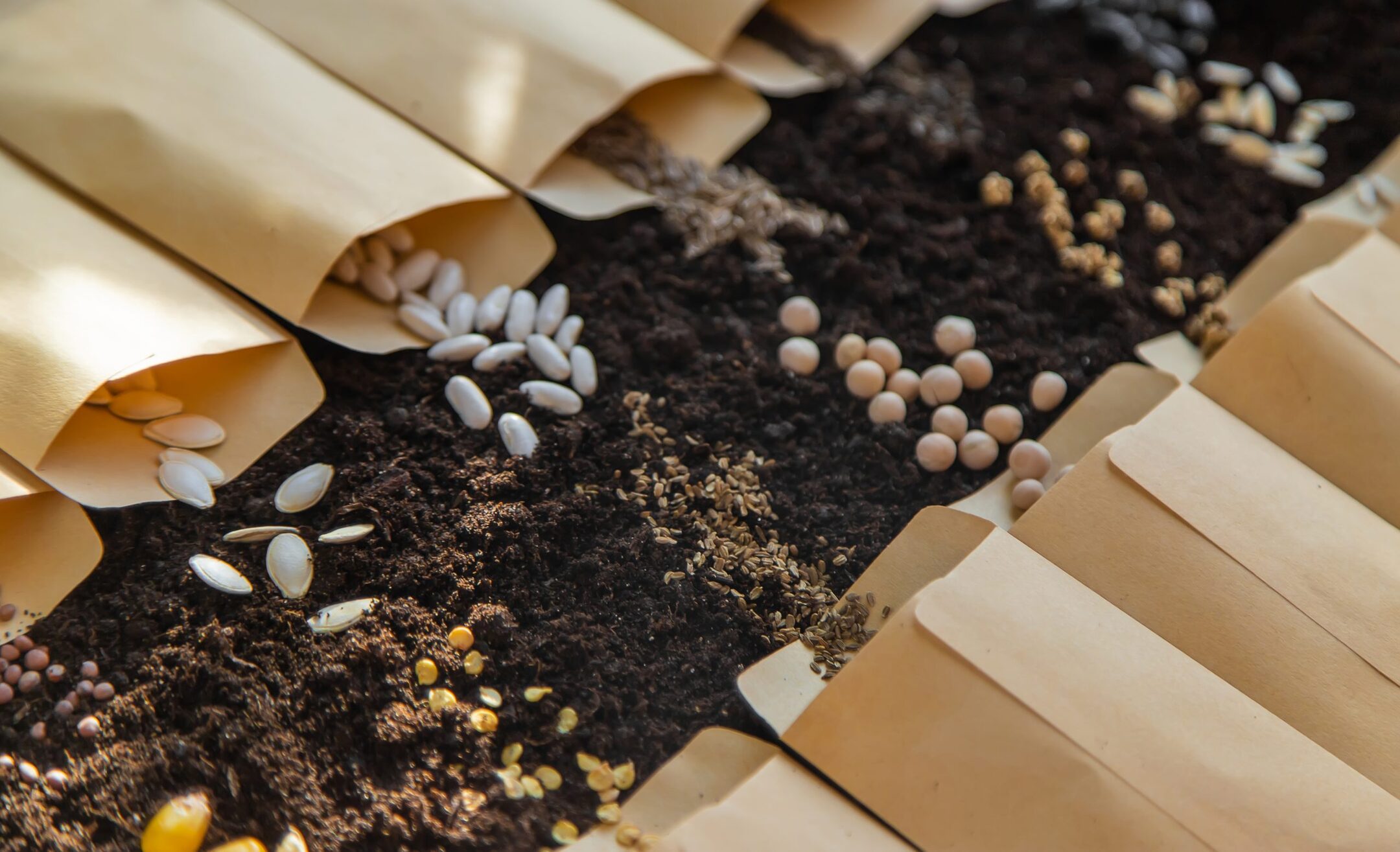
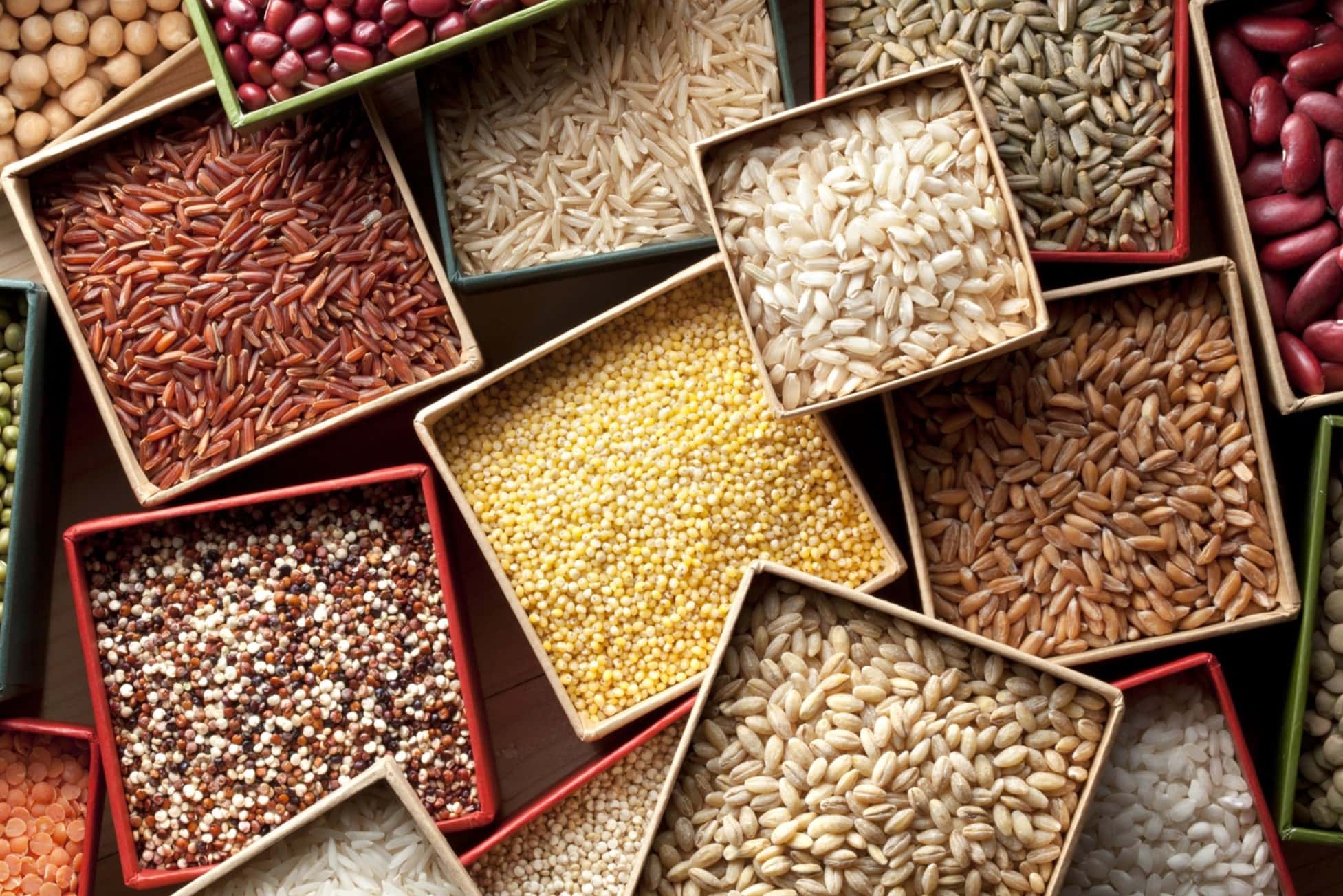
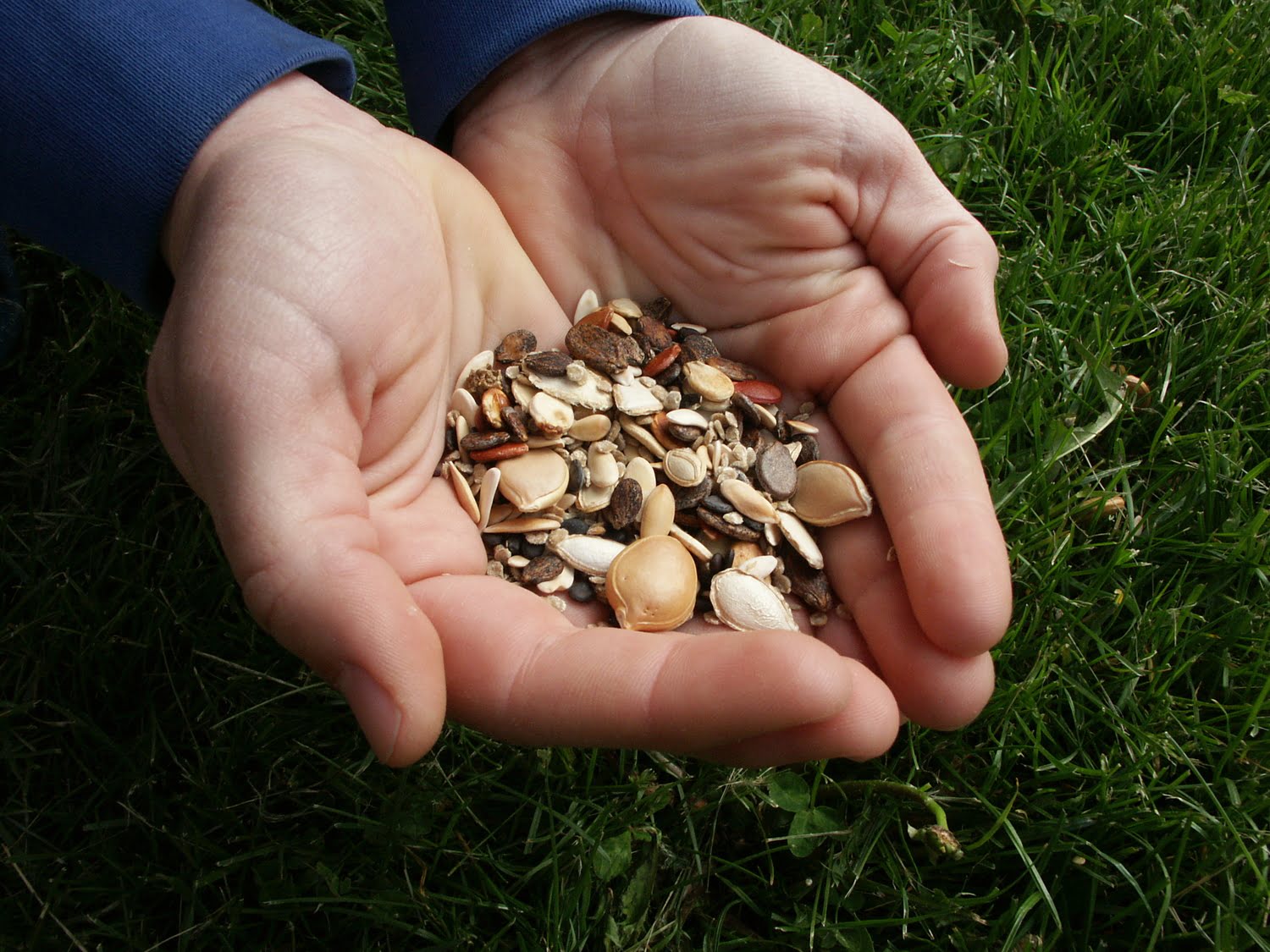
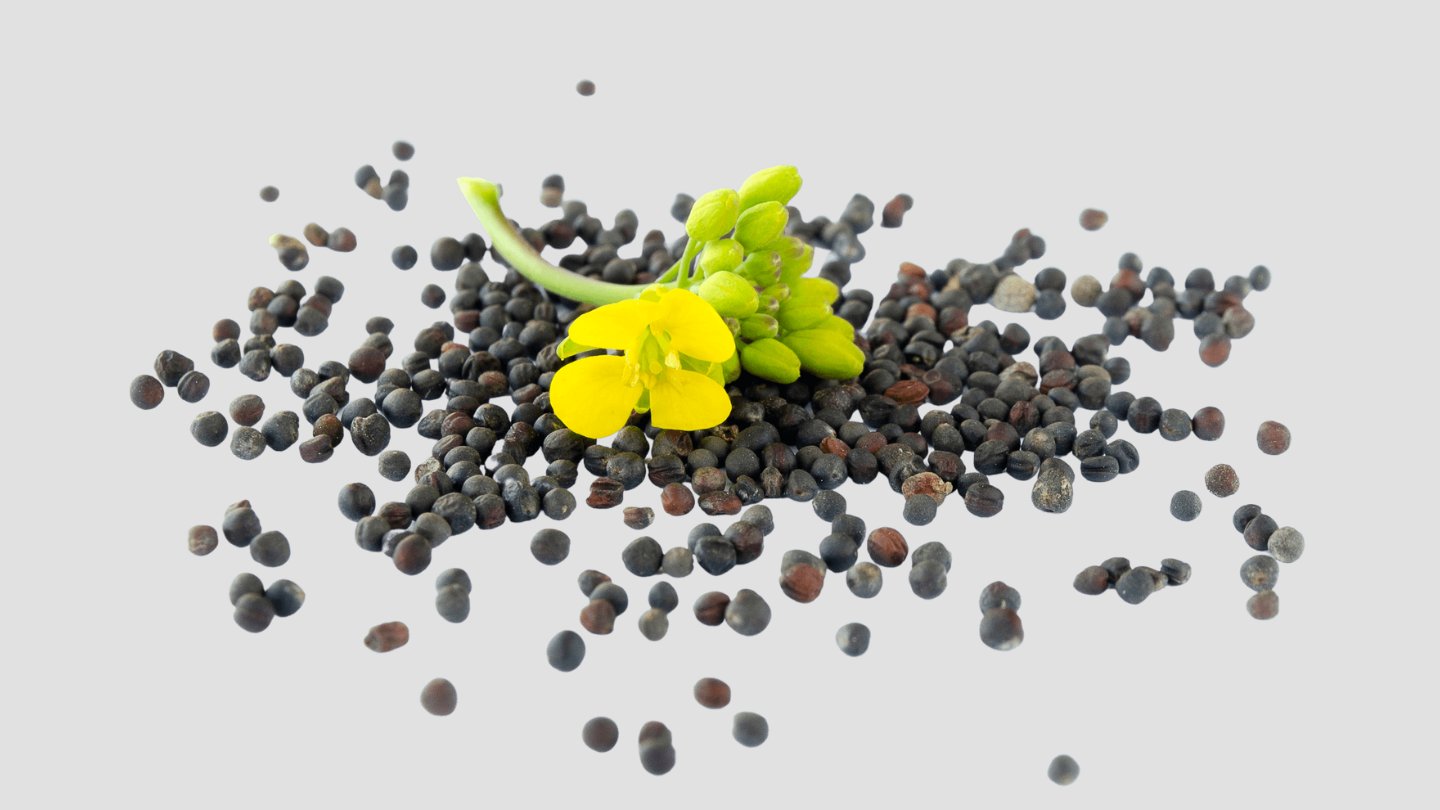
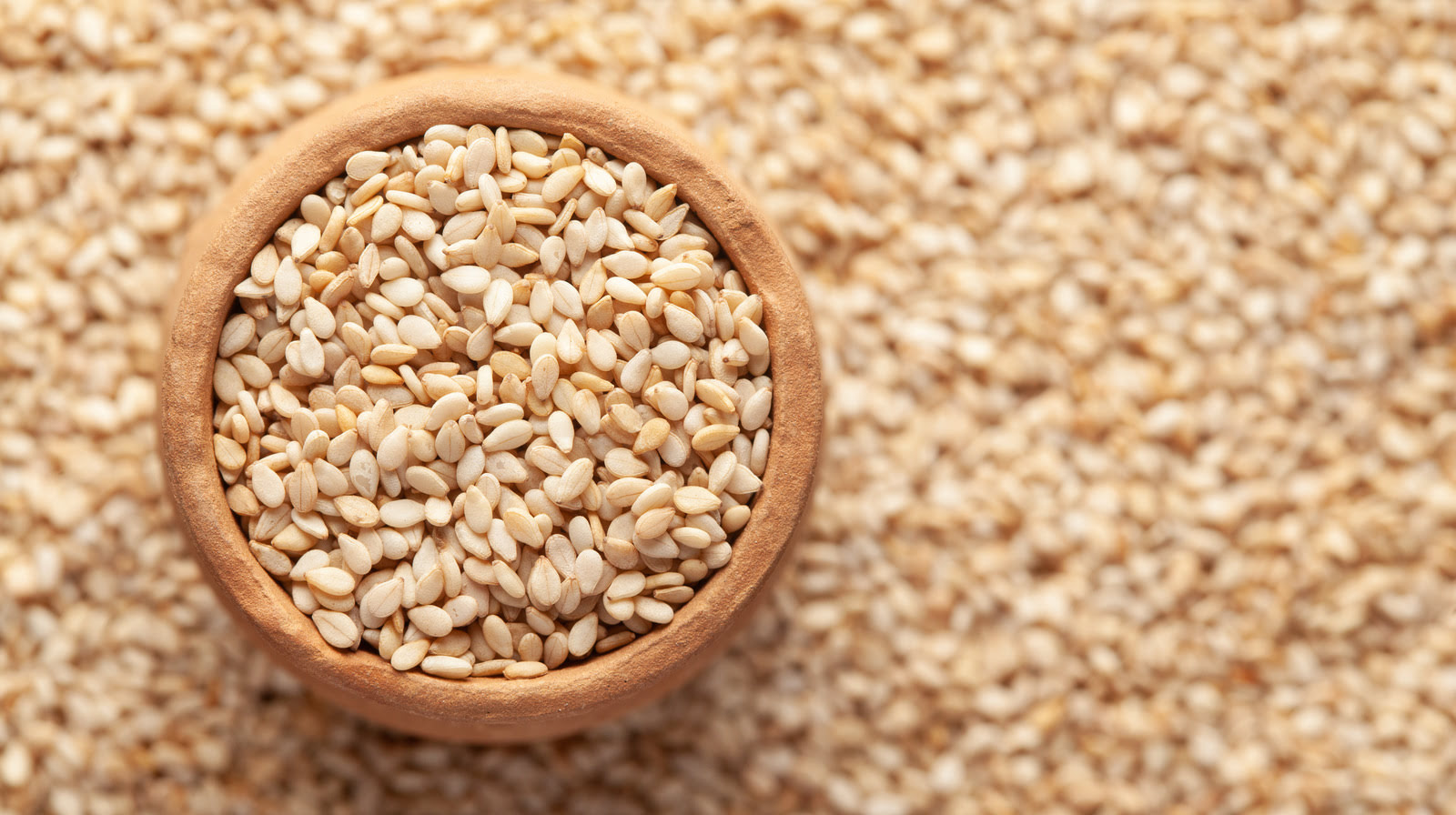
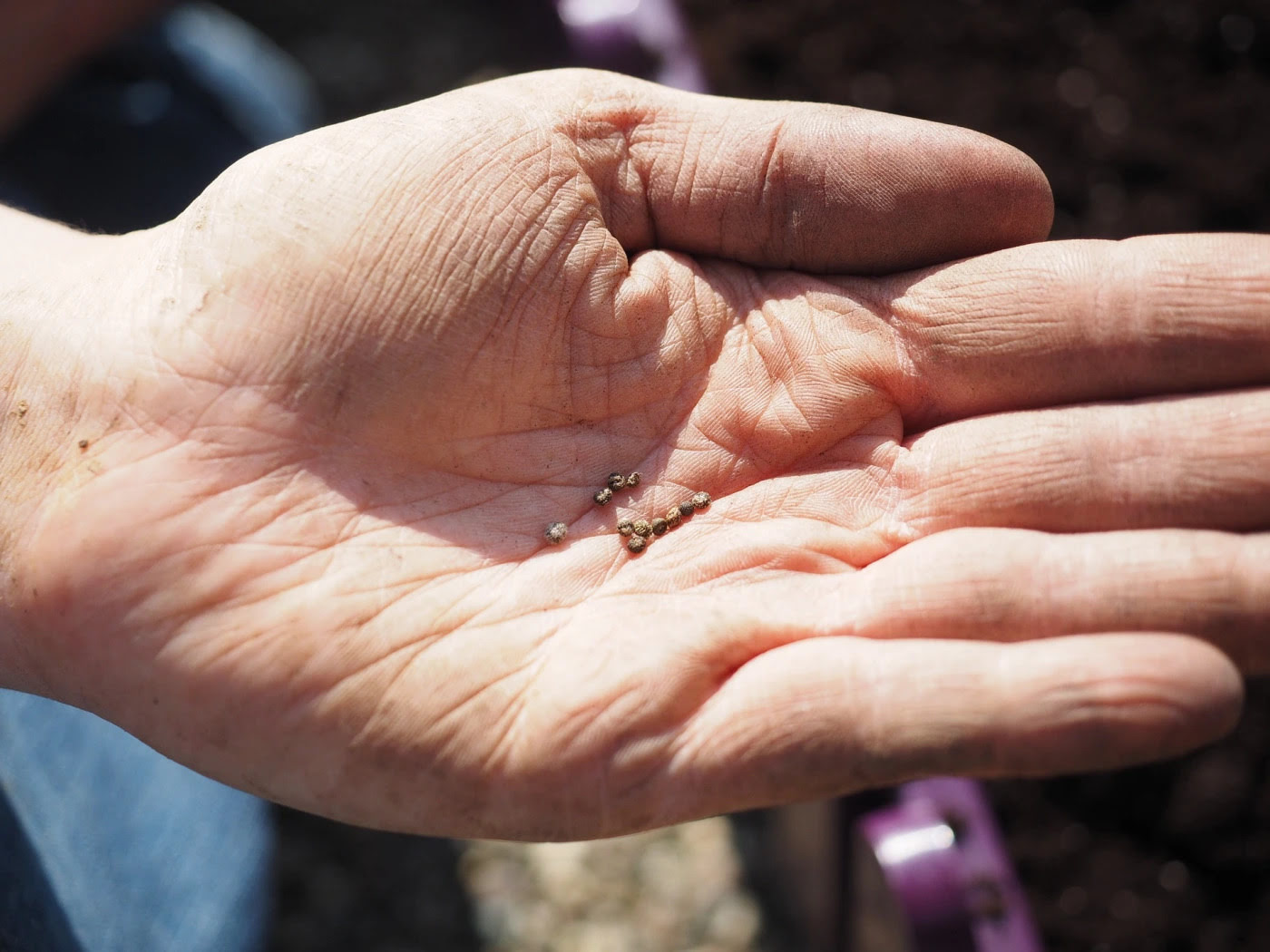
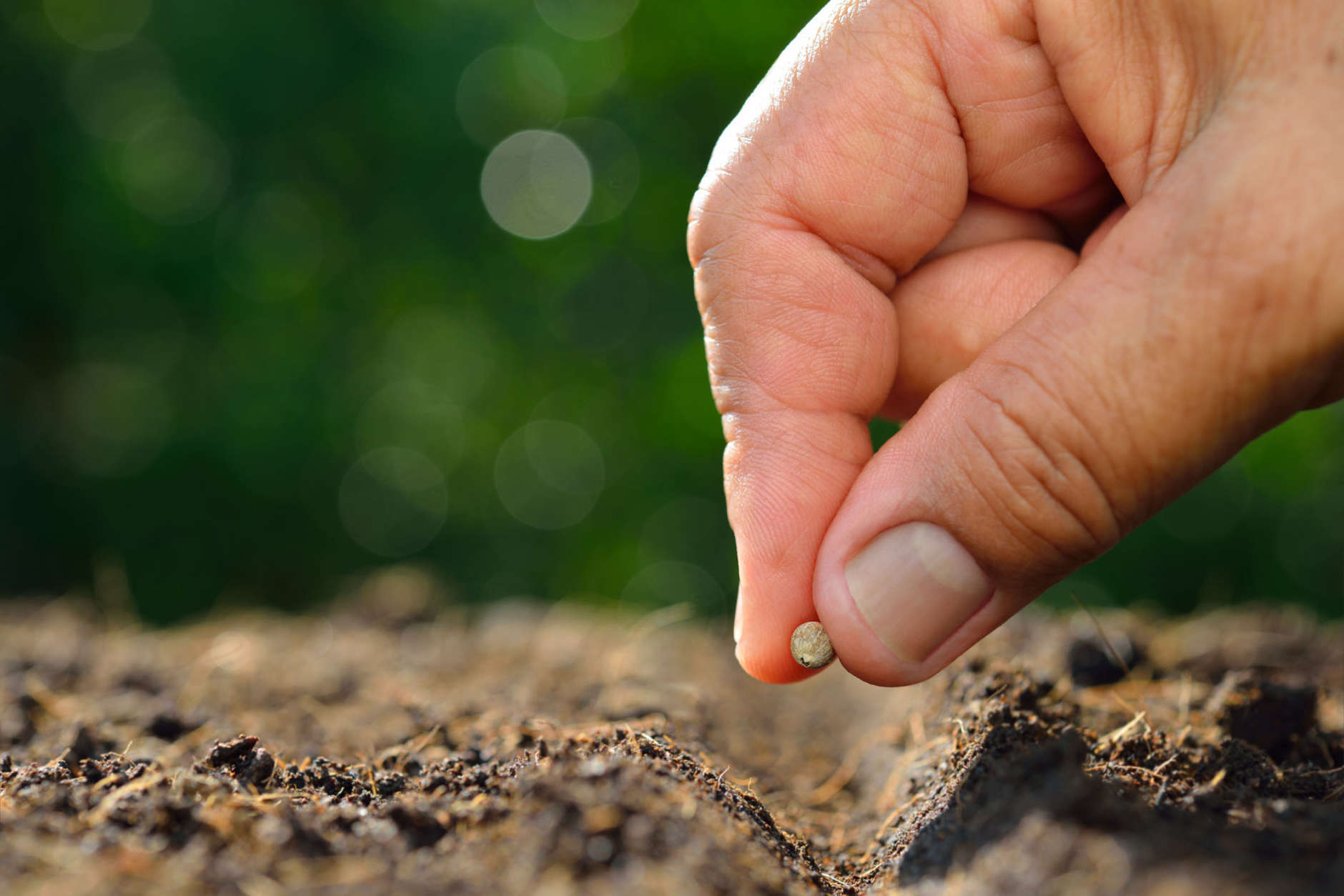

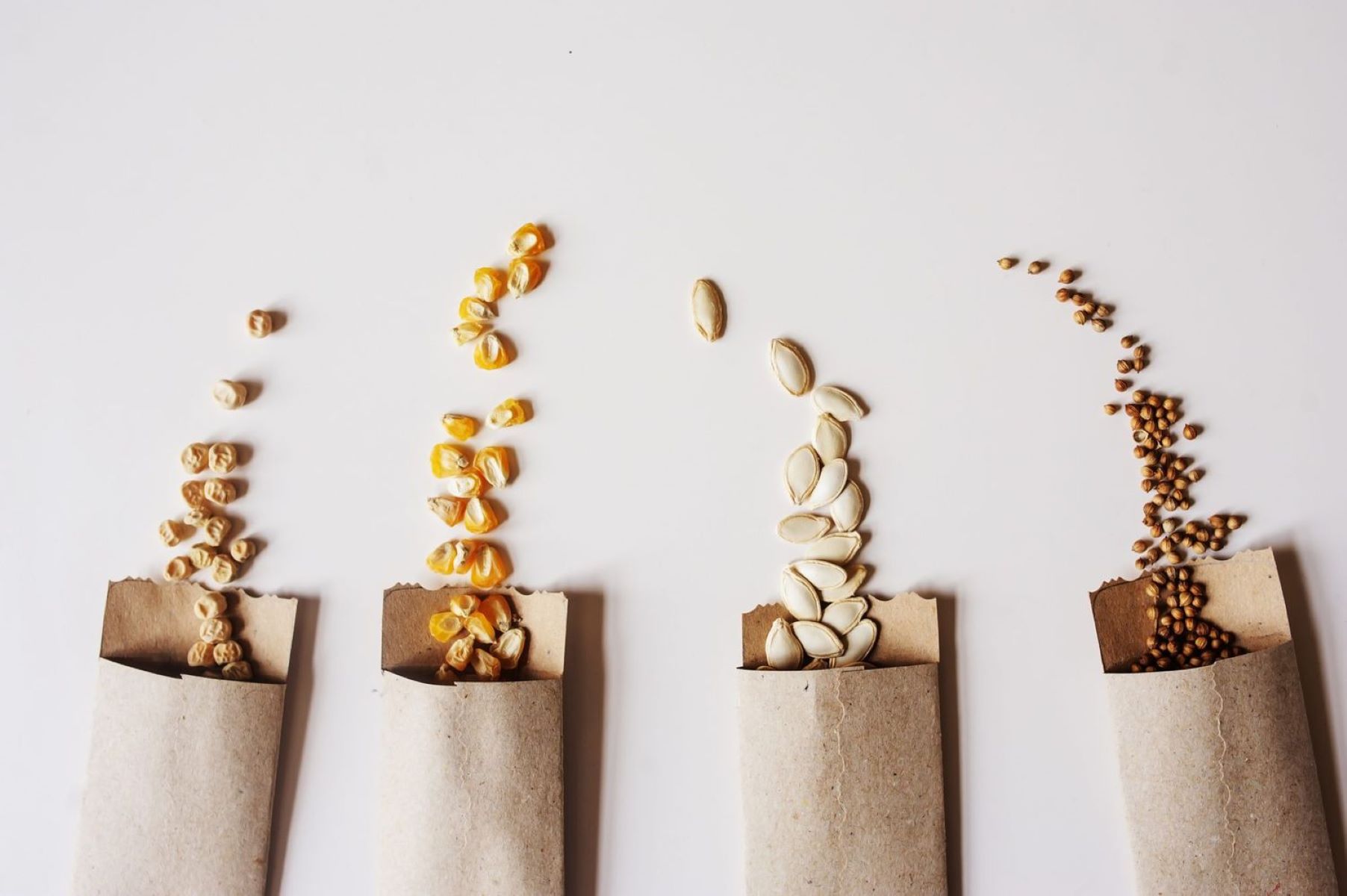
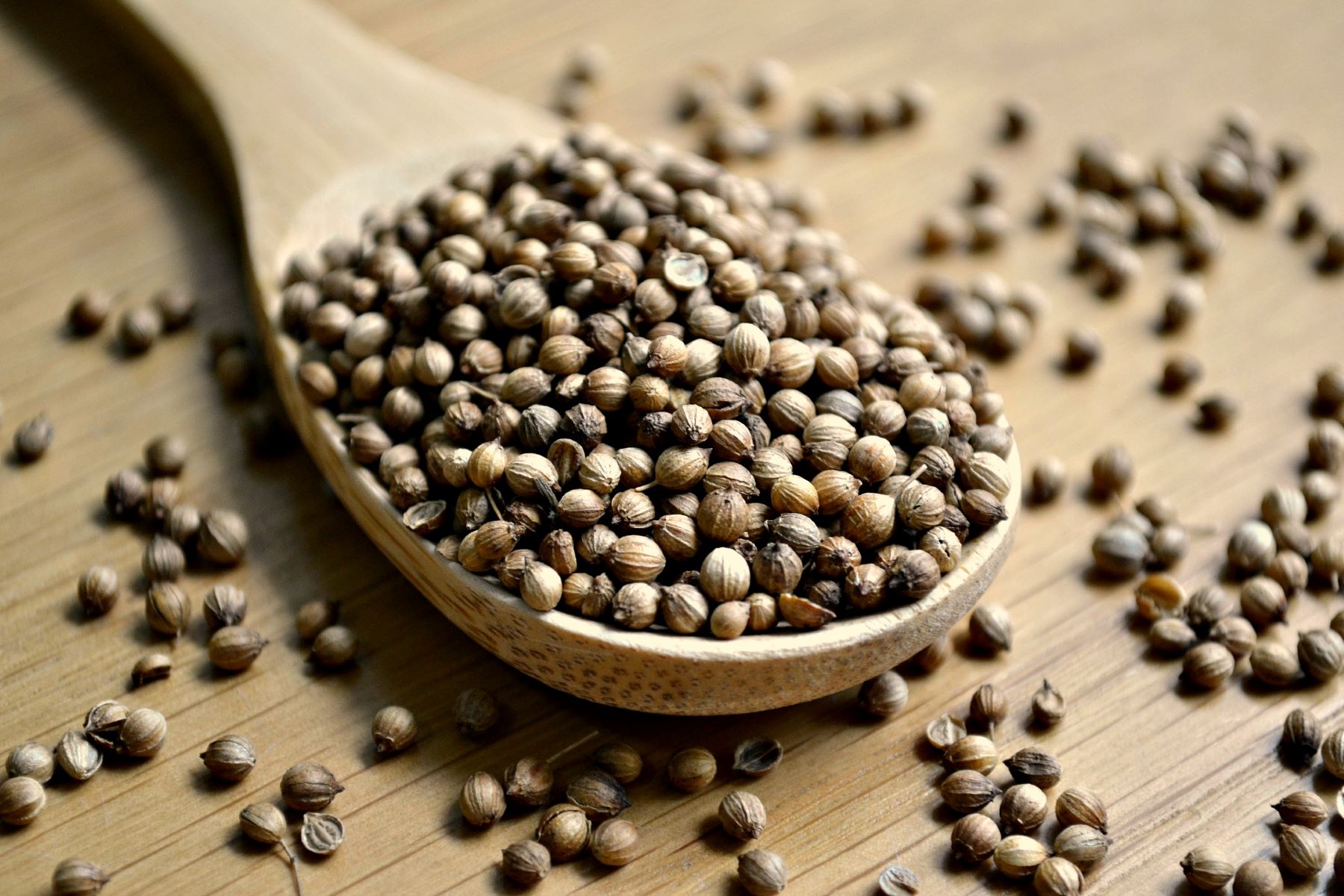
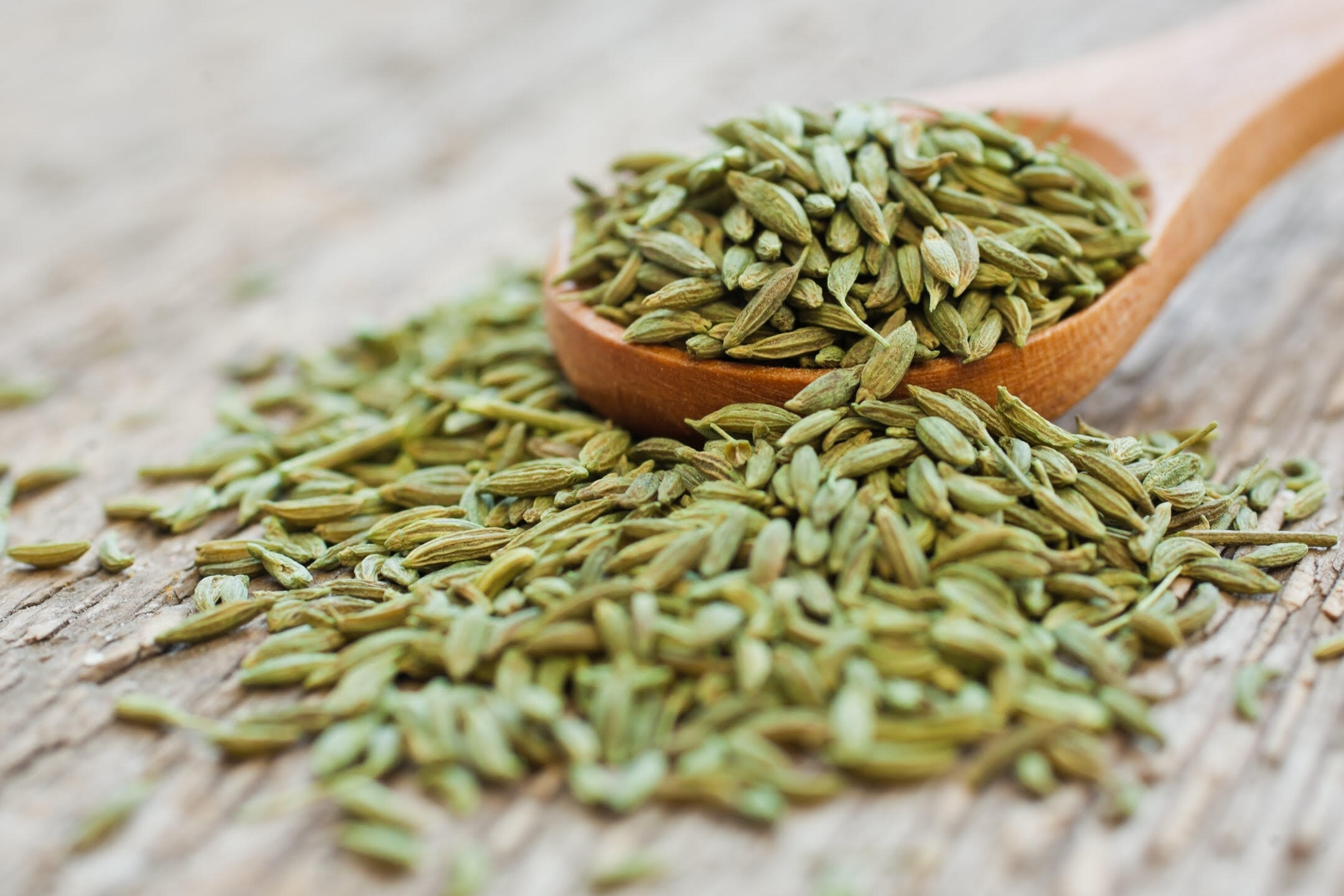

0 thoughts on “What Is Seed Bread”